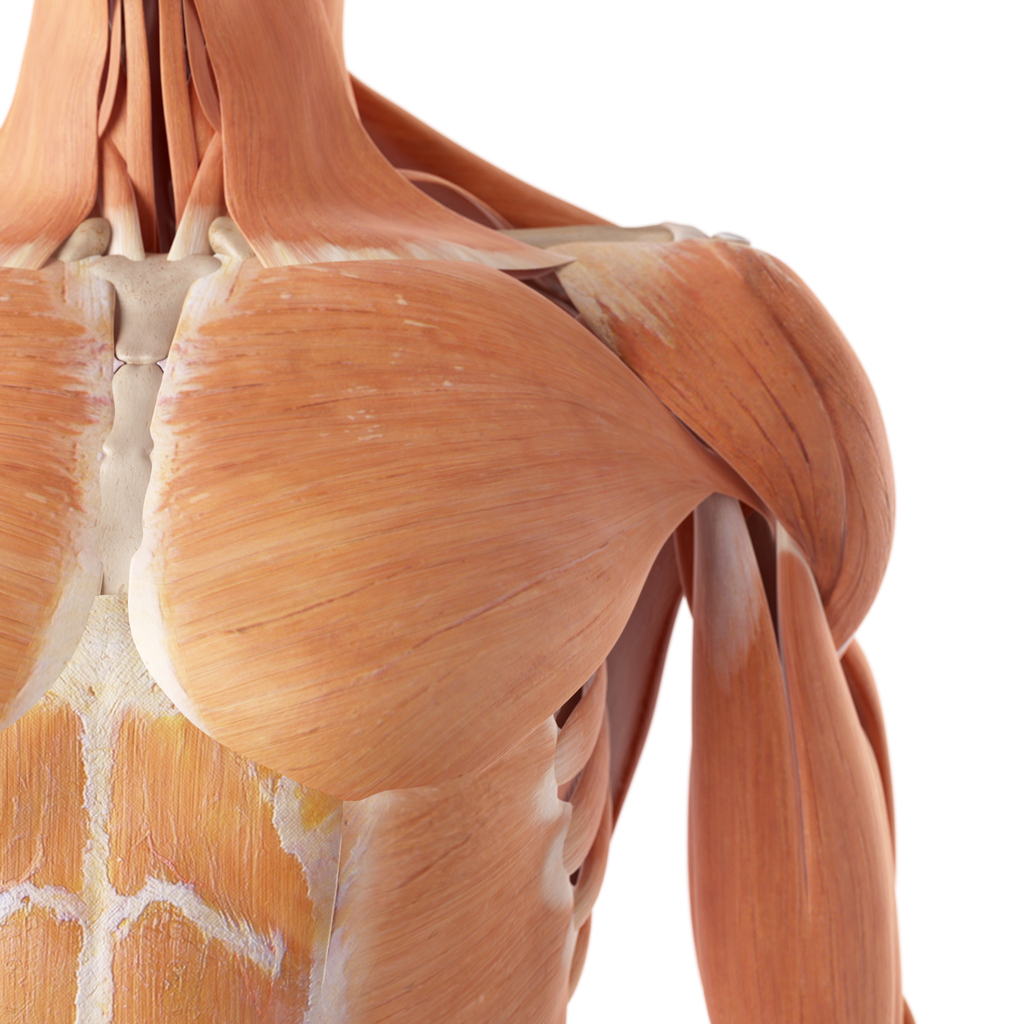What is an abdominal strain?
Written by Chris Teh
Often when we talk about “abs” we tend to think about the chiselled six-pack/Greek God sort of figure. However, did you know that there are actually more to abs than just the typical “six-pack”?
The abdominal muscles are a group of 4 muscles that are located in your tummy region. These include the rectus abdominus (the six-pack), the internal and external obliques, and the deep transverse abdominus muscle. Together these 4 muscles work to provide stability and trunk control to allow you to remain upright and centred.
An abdominal strain refers to a tear in any one of these muscles. It is also important to note that an abdominal strain is a separate issue to a diastasis of rectus abdominus

What causes an abdominal strain?
There are various ways that you can sustain an abdominal strain, but abs can be injured when doing twisting movements, sit-up movements or any activities that involve strong contraction of the muscles.
Grades of abdominal strains
Grade 1: mild strain resulting in minimal pain, full strength and movement, and a quick recovery time.
Grade 2: partial tear in the muscle resulting in pain, loss of strength and movement, and a longer recovery time.
Grade 3: full thickness tear/rupture of the muscle tendon resulting in pain, significant loss of strength and movement, and may potentially require surgery.
Signs and symptoms of an abdominal strain
Abdominal strains are not often associated with any sounds or noises, but individuals may feel a sharp localised pain in the stomach region. It is rare for someone to sustain an abdominal strain without any trigger as the muscle does not tear on its own without a stimulus.
Common signs/symptoms that patients may have include:
- Immediate pain at time of injury
- Pain when trying to sit up from lying down
- Bruising around the abdominal region
- Local tenderness around the area of injury
- Pain when coughing/laughing/sneezing
- Pain when stretching the abs
Treatment for abdominal strains
Abdominal strains are usually managed conservatively and initial treatment for an abdominal strain follows the usual POLICE procedure: Protect, Optimal Loading, Ice, Compress, and Elevate. Obviously in the case of abs, we can’t elevate them, but we can ice them!

